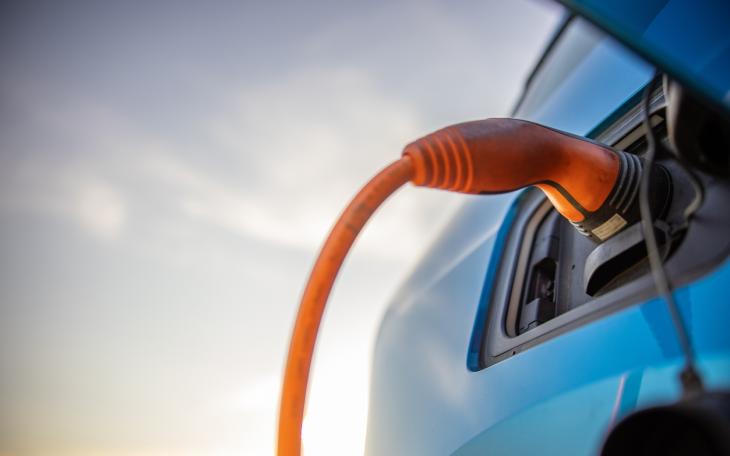The current energy crisis is a sign of more to come

The dangerous cocktail of disruption to nuclear plants in France, combined with the World Cup game between England and Wales earlier this week, created a scenario in which the government actually considered paying UK households to reduce their electricity consumption on Tuesday night in order to avoid shortages. The ‘Demand Flexibility Service’ (DFS) as it has now been named, will function by subjecting certain parts of the country to planned blackouts, for around 3 hours at a time, during peak morning and evening times this winter.
It can be reasonably argued that the DFS would not be necessary without the ongoing Ukrainian crisis and the issues in France, however, should these issues continue in the coming years, changing consumer habits will only exacerbate this problem.
The sale of battery-powered electric cars in the UK has increased by 92% since 2020, with well over 600,000 now registered on UK roads. This figure becomes larger when you include plug-in hybrids; combined they now account for 20.8% of all new cars sold. The benefits of the electric car are huge in the long run if the electricity used to power them is from renewable sources. However, as recent events have indicated, not only can we not guarantee that they are charged using green electricity, but there might be an issue charging them full stop…
The average electric car battery ranges from 40-100kWh, giving a range of 150-300 miles and unlike a petrol/diesel car, cannot be filled from 0-100% very quickly, with most batteries having to trickle charge the final 20% to preserve battery life. The easiest solution then is to leave your car on charge overnight, plugging it in once you get home from work.
An increased number of electric cars will therefore increase the amount of electricity needed by households during peak times in the evening. At current rates, there will be over 1 million electric cars in the UK within two years, all of which will need charging, raising the question, can we handle the extra demand? The two test runs of the DFS so far have saved an average of 100 Megawatts (100,000 Kilowatts), which if there are 1 million electric cars on the roads, is the equivalent of charging only 10% of them fully.
The UK Government is therefore left with a predicament;it has committed to banning the sale of all petrol and diesel cars by 2030 and all hybrids by 2035, but we do not have the spare capacity currently to deal with these commitments. France will get its nuclear powerplants back up to speed and we are all hoping for a peaceful end to the events in Ukraine as soon as possible. Following this, the grid will regain some spare capacity, but committing to an all-electric future so quickly, may mean that if we encounter issues in the future, it won’t only be our kettles we can’t use, but our cars and vans too.
The hydrogen fuel cell is looking more and more like the future of transport and Rolls Royce’s recent test of a new hydrogen jet engine is a meaningful statement of intent from the aviation industry towards this. Back on the ground, Honda made a functional hydrogen car in 2007, called the Clarity, however, a lack of allocated resources and the difficulties in mass-producing and storing green hydrogen means that for now, we must settle for electric cars as a stop-gap between the combustion engine and truly no carbon motoring. Governments, not just in the UK, need to take the recent shortages as a warning, not only for this winter, but the coming years too. As current legislation pushes us towards an electricity-dependent future, it is important to consider not only where we are going to charge our cars, but how we are going to get the electricity to charge them in the first place.









